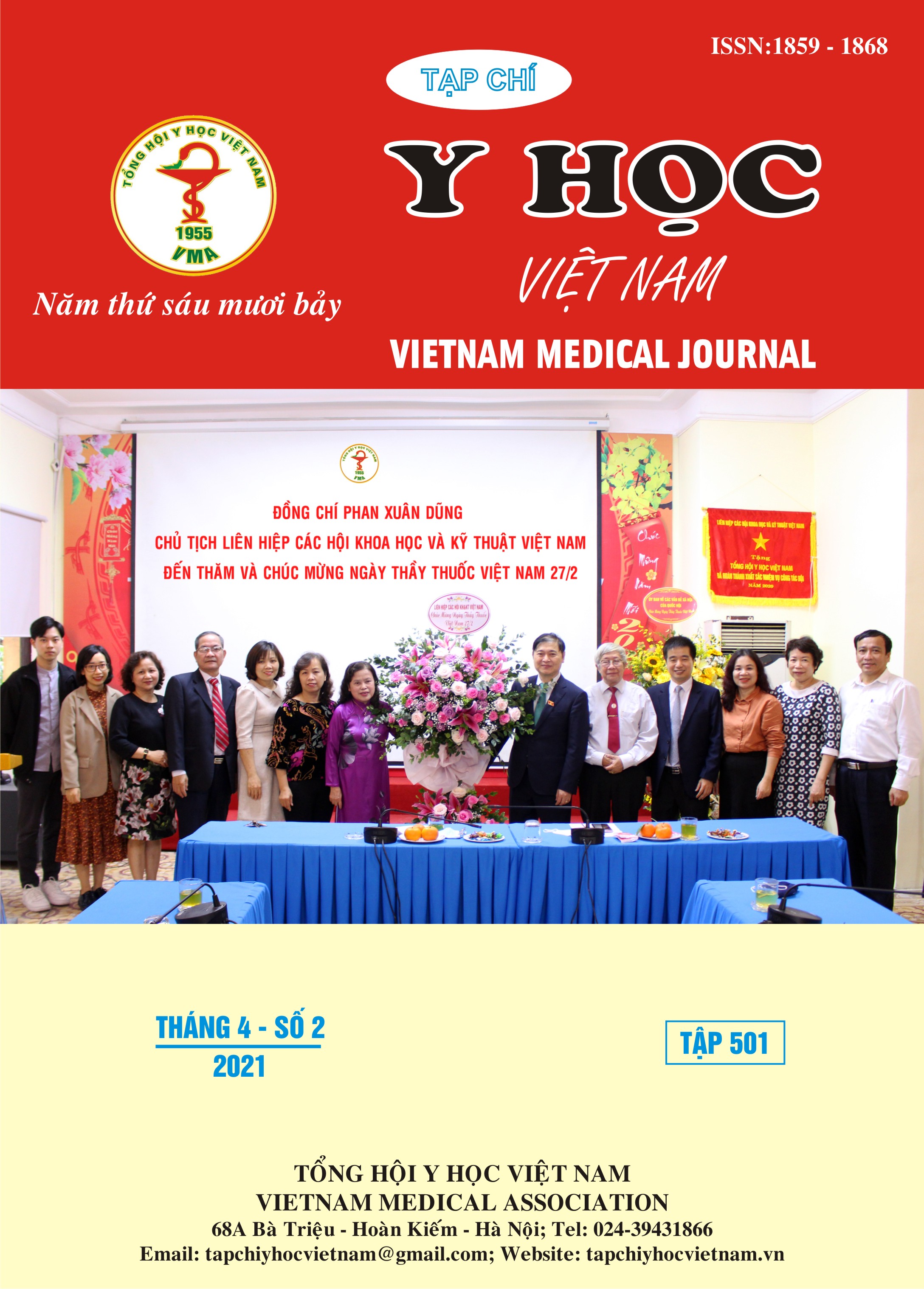INDUCED SPUTUM IN DIAGNOSIS OF SMEAR-NEGATIVE PULMONARY TUBERCULOSIS, CLINICAL AND SUBCLINICAL CHARACTERISTICS OF DIAGNOSED PATIENTS
Main Article Content
Abstract
Background: Induced sputum has been shown to be a safe, easy-to-implement, high-value, low-invasive method that can be repeated and cheaply. Therefore, it can be used to diagnose smear-negative pulmonary tuberculosis, which often had poor clinical symptoms, and difficult in definitive diagnosis, complicated and often requires expensive modern technology. We conducted this study with 2 purposes: 1) Describe some features of the induced sputum technique in smear-negative diagnosis, 2) Analyze some clinical and subclinical characteristics of patients with smear-negative pulmonary tuberculosis. Methods: A cross-sectional study design was used in patients suspected pulmonary tuberculosis, who had at least 2 spontaneous sputum smear - negative. Results: 309 patients participated in the study, of which induced sputum successful rate was 98.1%. The rate of complications was 13.6%, the most common one was mild dyspnea (88.1%). Of the 298 patients eligible for analysis, 45 were diagnosed with pulmonary tuberculosis via MGIT (+). The Kappa between induced sputum and bronchoscopy was 0.81, p = 0.0000, the two methods had almost perfect agreement. Clinical symptoms such as fatigue, weight loss, sweating, and typical X-ray images such as infiltration and calcified fibrosis are significant different in patients with pulmonary tuberulosis (p <0.05). Conclusion: Induced sputum was safe; the successful rate of the procedure was high. Induced sputum had a very good agreement with bronchoscopy on the diagnosis of pulmonary tuberculosis. Some of the valuable clinical and subclinical features in the diagnosis of smear-negative pulmonary tuberculosis were fatigue, weight loss, sweat theft, and X-rays with infiltrated and calcified fibrosis.
Article Details
Keywords
Induced sputum, pulmonary tuberculosis, smear negative
References
2. Rossman, M.D. and R.L. Mayock, Pulmonary tuberculosis, in Tuberculosis and Nontuberculosis Mycobacterial Infections, M.H. Press, Editor. 2006: New York.
3. Harries, A., et al., Clinical diagnosis of smear-negative pulmonary tuberculosis: an audit of diagnostic practice in hospitals in Malawi. 2001. 5(12): p. 1143-1147.
4. Colebunders, R. and I. Bastian, A review of the diagnosis and treatment of smear-negative pulmonary tuberculosis. Int J Tuberc Lung Dis, 2000. 4(2): p. 97-107.
5. Hưng, Đ.K., Đ. Quyết, and N.V. Thiêm, Nghiên cứu lâm sàng lao phổi AFB đờm âm tính Tạp chí Y - Dược y học Quân sự, 2006. 3.


